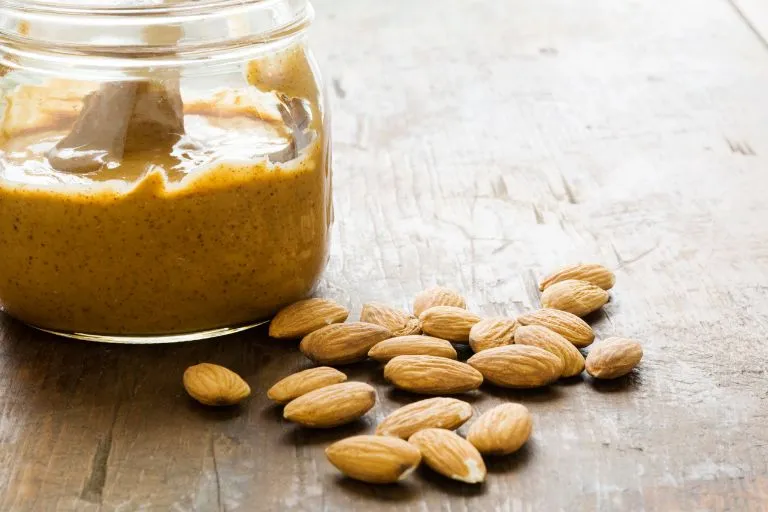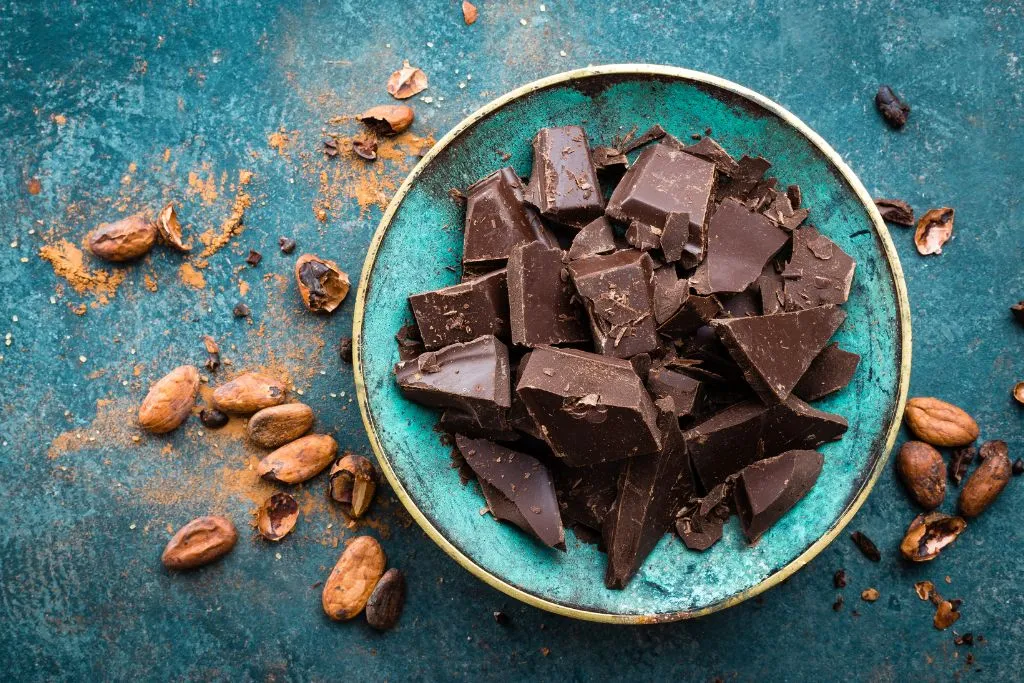Pour atteindre vos objectifs de santé ou de fitness, vous constaterez rapidement qu’il n’existe pas une méthode mais DES méthodes. Le défi consiste donc à trouver le régime et le programme d’entraînement (ou l’activité physique) qui vous conviennent le mieux.
Quel que soit le régime alimentaire que vous adoptez, il existe en fin de compte deux façons d’adapter votre alimentation : vous pouvez changer ce que vous mangez et vous pouvez changer quand vous mangez.
OMAD est un régime alimentaire qui se concentre sur le moment où vous mangez. Ce n’est pas pour tout le monde, mais si vous avez du mal à trouver un mode d’alimentation qui convient à votre style de vie, cela pourrait être une option à tester pour atteindre votre objectif de perte de poids ou de rééquilibrage alimentaire.
Qu’est-ce que OMAD ?
OMAD signifie One Meal A Day ou « un repas par jour ». C’est un régime qui rentre dans la catégorie du jeûne intermittent et consiste à manger toutes vos calories quotidiennes en un seul repas. La plupart des adeptes d’OMAD choisissent de manger entre 16h et 19h – après avoir mangé ce repas, le repas suivant est le dîner du lendemain.
Avec le régime OMAD, vous jeûnez 23 heures par jour, soit plus longtemps que les intervalles de jeûne intermittents les plus courants comme la méthode 16:8. Ce long jeûne signifie qu’OMAD peut ne pas convenir à tout le monde.
Le but d’OMAD est de créer une période de jeûne prolongée qui encourage votre corps à brûler les graisses. Le régime OMAD peut également aider à réduire l’appétit et à réduire l’énergie totale consommée tout au long de la journée par rapport à des repas plus fréquents.
Certains prétendent que le régime OMAD peut aider à prolonger la durée de vie, à stimuler le métabolisme et à protéger contre les maladies. Ces allégations sont basées sur des études réalisées sur des animaux et non sur des humains, des recherches supplémentaires sont donc nécessaires pour vérifier ces allégations.
L’OMAD est le plus souvent utilisé comme stratégie pour perdre du poids, mais ce style d’alimentation peut présenter d’autres avantages.

Les avantages du jeûne OMAD
OMAD et perte de poids
La plupart des personnes qui utilisent le régime OMAD ont un objectif de perte de poids. Toutefois, même si manger un repas par jour peut vous aider à réduire la sensation de faim, je ne suis pas persuadé que ce soit la meilleure méthode pour perdre du poids.
Le régime OMAD peut vous aider à perdre du poids, c’est certain mais ce n’est pas nécessairement la meilleure option. Si l’organisation du régime vous plait et que votre courbe de poids descend, ne réfléchissez tout de même pas trop longtemps. Comme évoqué précédemment, il faut chercher SA méthode et non LA méthode…
C’est facile à suivre
C’est sûrement l’intérêt principal de la méthode : la simplicité d’OMAD réside dans le fait que vous n’avez pas à penser à l’organisation de vos repas. Facile à suivre et à mettre en œuvre, vous n’avez qu’un seul repas à préparer et vous pouvez donc passer le temps que vous passeriez habituellement à cuisiner ou à manger pour faire d’autres activités… comme vous entraîner par exemple !
Les risques du régime OMAD
Le régime OMAD peut ne pas être un moyen durable de manger car il peut ne pas convenir à certains modes de vie, y compris la possibilité d’assister à des activités sociales en dehors de la fenêtre de repas.
Un autre risque d’OMAD est que vous ne puissiez pas atteindre vos besoins nutritionnels pour chaque jour en un seul repas. Lorsque vous choisissez des aliments nutritifs à haute teneur en fibres comme les légumes, les fruits, les protéines et les céréales complètes, vous pouvez être trop rassasié en une seule fois pour en manger toute la quantité.
Une étude de 2007 dans l’American Journal of Clinical Nutrition montre que manger toutes les calories nécessaires dans un seul repas quotidien, au lieu de les répartir tout au long de la journée, peut entraîner une augmentation du LDL (mauvais cholestérol) et de la pression artérielle même lorsque le poids et le total la graisse corporelle diminue.
D’autres effets secondaires indésirables du jeûne pendant des périodes prolongées peuvent inclure la fatigue, les étourdissements, l’irritabilité, l’incapacité à se concentrer et le brouillard cérébral.

Comment pratiquer OMAD en toute sécurité ?
Chaque individu est différent et réagira au jeûne d’une manière différente.
Si vous décidez d’essayer le régime OMAD, vous devez tenir compte des points suivants:
- Assurez-vous d’obtenir tous les nutriments dont votre corps a besoin en mangeant un repas équilibré.
- Buvez beaucoup d’eau tout au long de la journée pour rester hydraté.
- Évitez les aliments transformés et sucrés, car ils peuvent entraîner une prise de poids.
- Faites régulièrement de l’exercice pour stimuler votre métabolisme.
La longue fenêtre de jeûne signifie que le régime OMAD peut ne pas convenir à certaines personnes. Il ne convient probablement pas si vous prenez des médicaments ou si vous avez un problème de santé, notamment le diabète ou l’hypoglycémie. Les femmes enceintes ou allaitantes ne doivent pas suivre OMAD. Il est également déconseillé aux enfants, aux personnes âgées ou à toute personne ayant des antécédents de troubles alimentaires.
Cela signifie qu’OMAD peut ne pas être une option appropriée pour vous et vos objectifs. L’objectif principal de tout régime alimentaire doit toujours être une nutrition de qualité.

OMAD et exercice
En fonction de vos objectifs et de vos préférences, vous pouvez pratiquer le régime OMAD fréquemment. Certaines personnes trouvent ça les aide à perdre du poids, tandis que d’autres l’utilisent comme un moyen d’augmenter leur niveau d’énergie et leur concentration. L’exercice physique est une composante importante du régime. En effet, s’il n’est pas nécessaire de faire des séances d’entraînement intenses tous les jours, un exercice modéré peut contribuer à stimuler votre métabolisme et à favoriser votre santé générale. Que vous soyez novice en matière ou que vous suiviez ce régime depuis longtemps, l’ajout d’exercices physiques à votre programme peut vous aider à atteindre vos objectifs.
Le meilleur moment pour faire vos séances sera soit immédiatement avant votre repas, soit peu de temps après avoir mangé. Cela vous garantit que vous reconstituez vos réserves d’énergie après l’entraînement ou que vous faites le plein pour votre séance..
Le moment où vous choisissez de vous entraîner dépendra bien sûr de la façon dont vous vous sentez et de votre tolérance à faire du sport à jeun. Si vous avez des vertiges ou des étourdissements pendant un entraînement, faites votre entraînement après avoir mangé, ce sera plus sûr !
Vous devriez toujours choisir un style d’alimentation sain qui est durable pour vous et votre mode de vie, plutôt que d’opter pour un régime à la mode ou une stratégie extrême. Avant tout, vous devez vous assurer que votre alimentation est adéquate sur le plan nutritionnel, diversifiée et que vous mangez suffisamment pour votre corps et vos objectifs de santé et de forme physique.
N’oubliez pas que de petits changements alimentaires peuvent avoir autant d’effet que des changements extrêmes, et ils sont plus durables à long terme. Voici quelques habitudes alimentaires simples et saines que vous pourriez inclure : grignoter moins entre les repas ou tard le soir, manger plus consciemment, remplacer les sucres raffinés et les aliments transformés par des aliments entiers, ou choisir un style de jeûne intermittent avec une plus grande fenêtre d’alimentation.
L'expert nutrition pour Oktofit :













